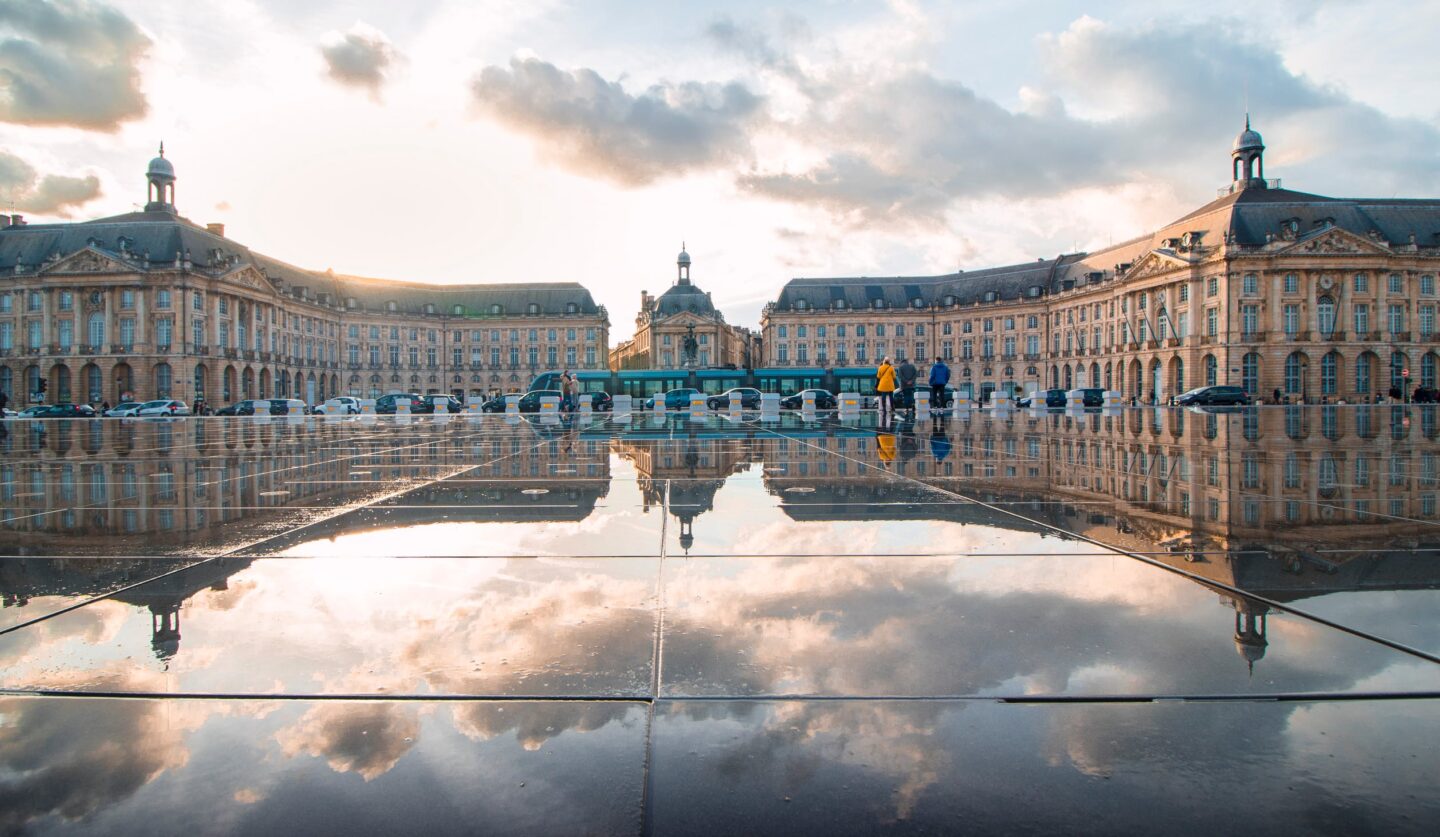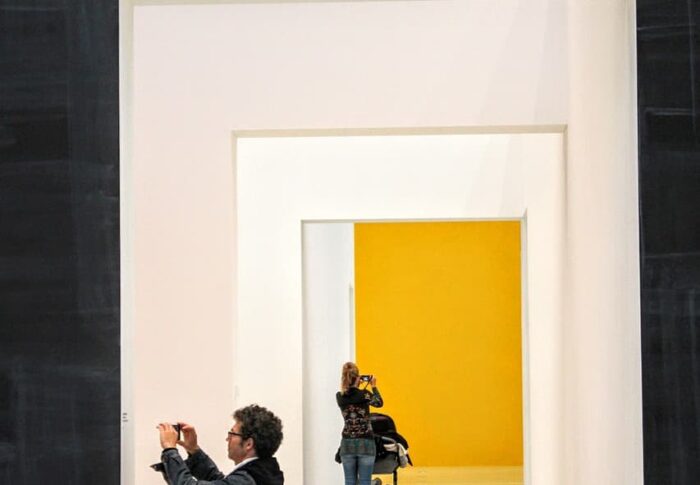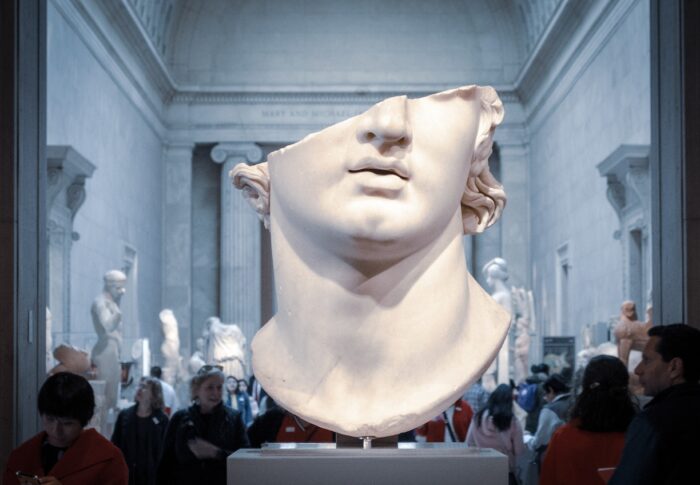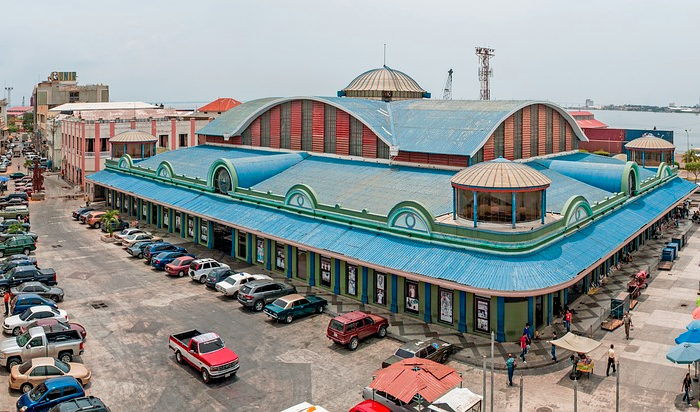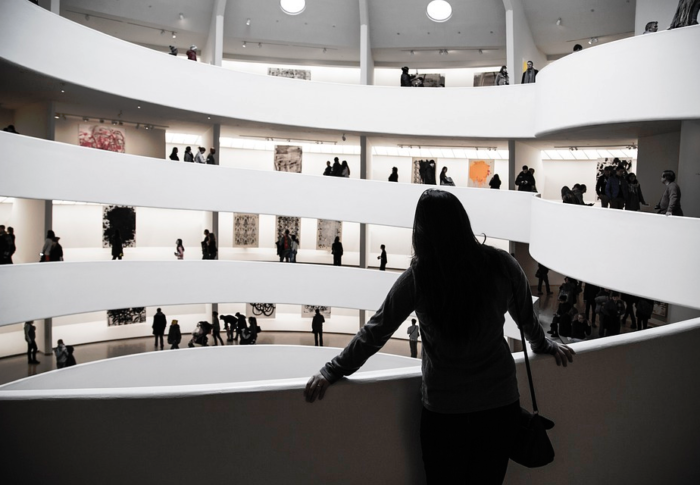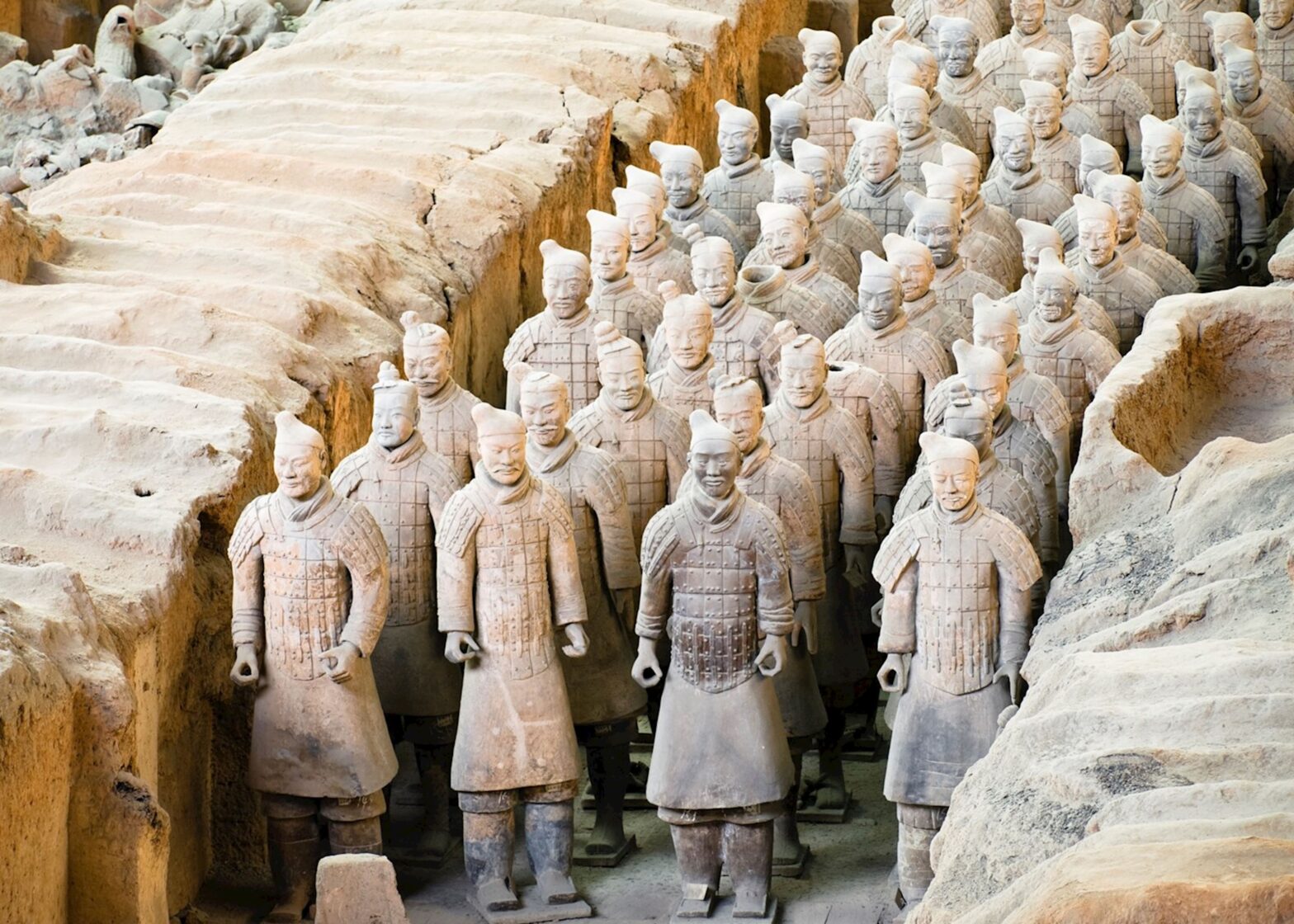
Qin Terracotta Army Museum
The Qin Terracotta Army Museum, located in Xi’an, is the most visited museum in China. The museum receives up to one million visitors each year, and the grandeur and outstanding art with which the statues of warriors and horses are made have shocked the world. The Terracotta Army, created 22 centuries ago, is listed on the UNESCO World Heritage List and is also recognized as the eighth wonder of the world.
The terracotta warriors were found quite by chance, in an ordinary field in Shaanxi province, peasants were digging a well, and suddenly the crumbling earth dragged them into a pit, where their eyes were opened by an unprecedented sight – a two-meter high clay human figure with a spear in his hands. The ancient hair, reminiscent of a knot on the head, as well as the tip of the spear, made of bronze, allowed the arriving scientists to attribute the find to ancient times without any preliminary research. The scientists were puzzled and did not associate the statue with the nearby hill, the tomb of Emperor Qin Shi Huang. But by early fall 1974, scientists were able to tell the world about the new incredible find, as it turns out the field, which lies to the east of the mound, hides under the thick earth, six thousand clay warriors who were created during the reign of Emperor Qin.
Archaeological excavations

In recent years, archaeologists have carried out work in the second underground hall, which is located twenty meters from the first. Now there are about a thousand and a half clay warriors and horses, which are different from those in the first hall. The first rows of this hall are occupied by kneeling archers, and behind them, holding spears at arm’s length, by infantrymen. Horsemen and chariots are also arranged there, also in strict combat order. Although archaeological research of the second hall is not finished yet, so it is reasonable to assume that at this point archaeologists have found only part of the army. After all, from time immemorial, archers were always placed in front of infantrymen, cavalrymen and chariots, which were the main striking force of the imperial army.
Archaeologists state that during the works, which lasted more than thirty years, it was possible to discover only a small part of the statues of warriors and war horses. The huge complex of Qin Shi Huang Tomb is too vast and in no hurry to reveal all its secrets. Even if we work in the same mode as now, using the traditional method, it could still take at least two centuries to excavate the entire complex! So no one knows how many more surprises, and perhaps even dangers, the tomb of the Emperor awaits, and how long the sleep of the majestic underworld will not be disturbed.

The Qin Terracotta Army Museum was opened on October 1, 1997. The museum complex that opened immediately became the most popular place, while acquiring the honorary title of the largest historical museum in the world. Now the museum has six permanent exhibitions: three excavations – the first, second and third hall, an exhibition of chariots with horses, exhibitions of relics and jewels found in the Qin Shi Huang mausoleum. In the time since the museum opened, thirty million people have visited it, a clear indication of the museum’s relevance.
